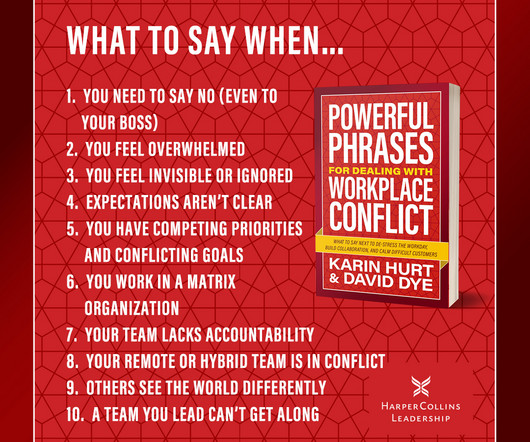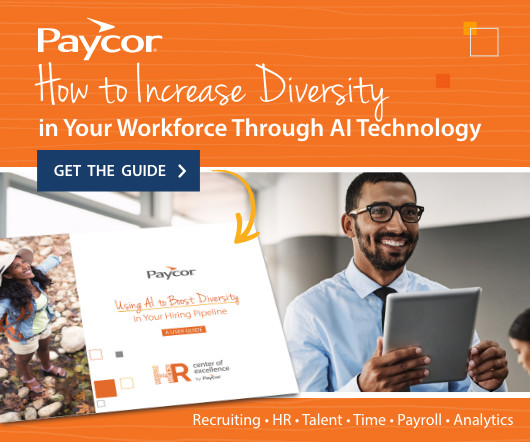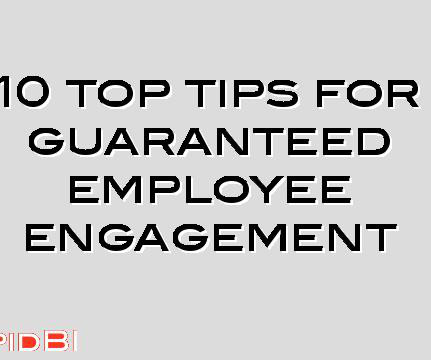The Negativity Fast or How to Clear Your Plate of Negative Thinking
Leading Blog
MAY 17, 2024
W E are inclined to place a lot of weight on negative thoughts—far more than our positive thoughts. Our brains are wired for it. It’s called the negativity bias. And today it seems like we are thinking more negative thoughts than positive ones. And it’s not just us. Everyone seems more negative than they used to be, if not downright cranky. It becomes a vicious circle.
















Let's personalize your content